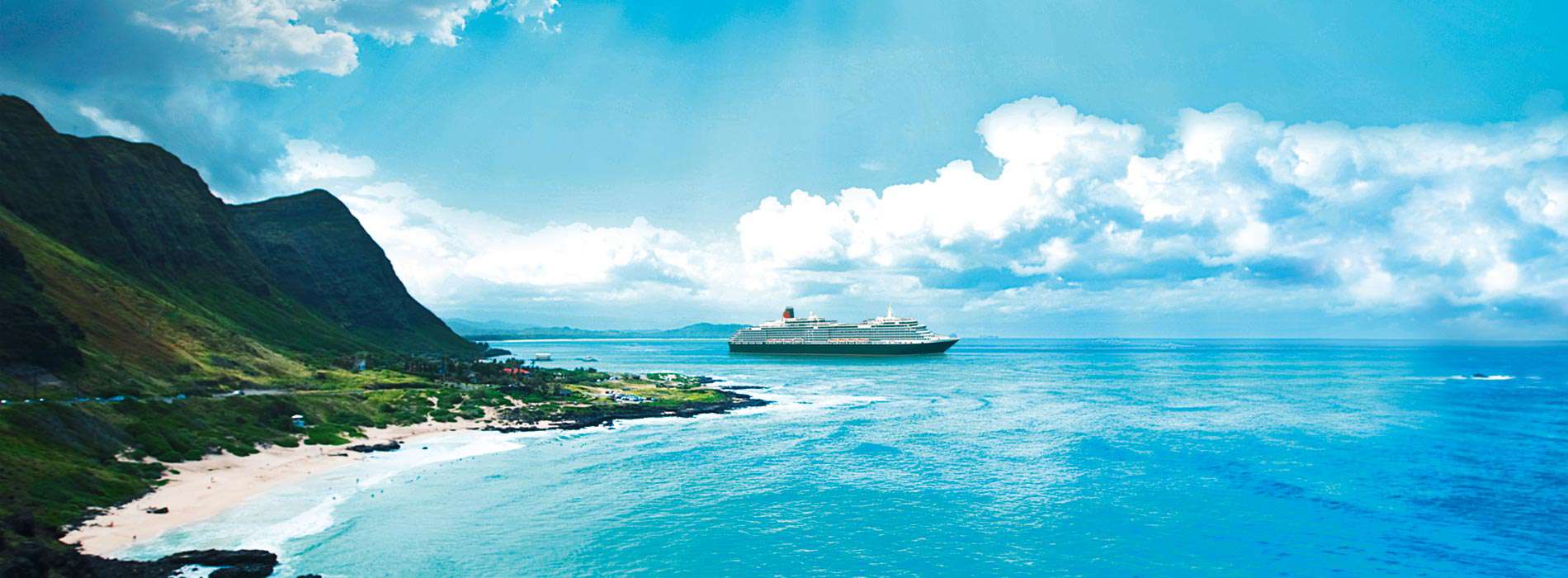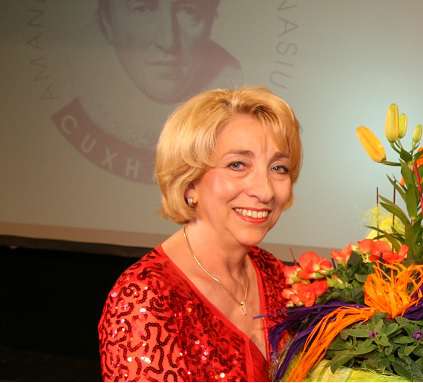Kuala Lumpur, Malaysia, with the Petronas Towers
Published: 05.04.2017
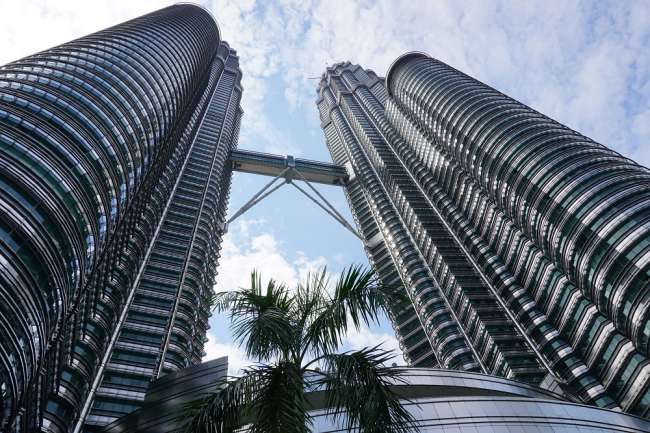
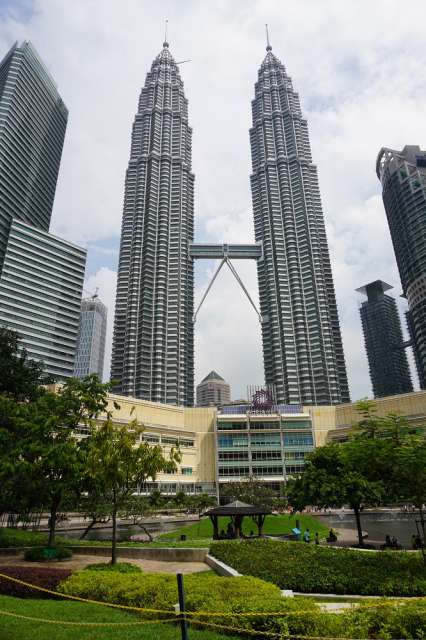
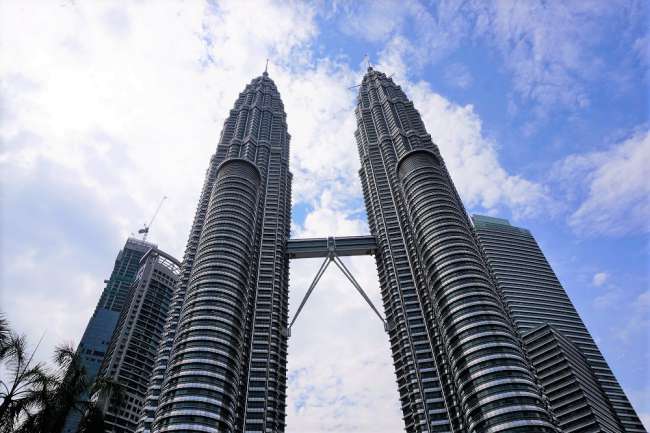
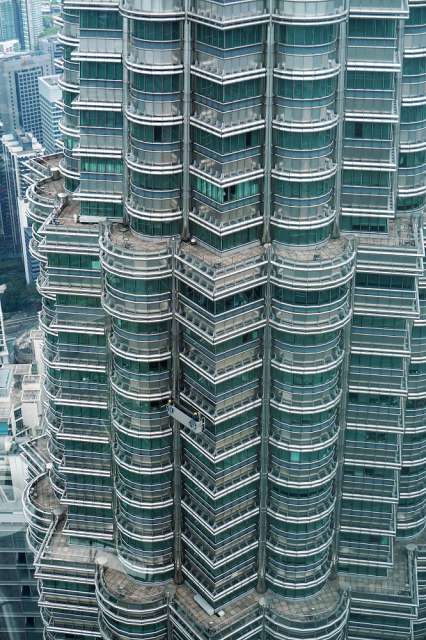
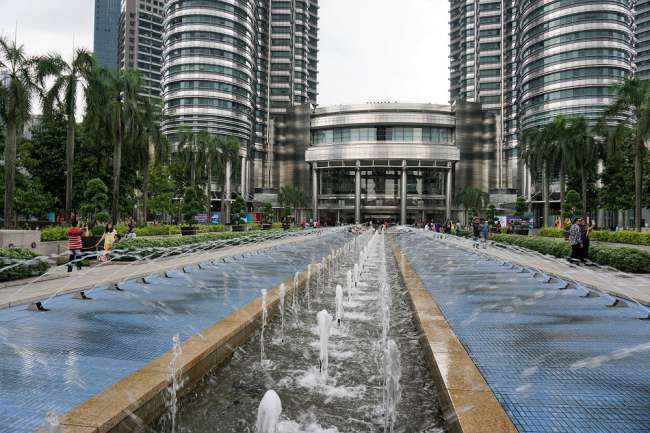
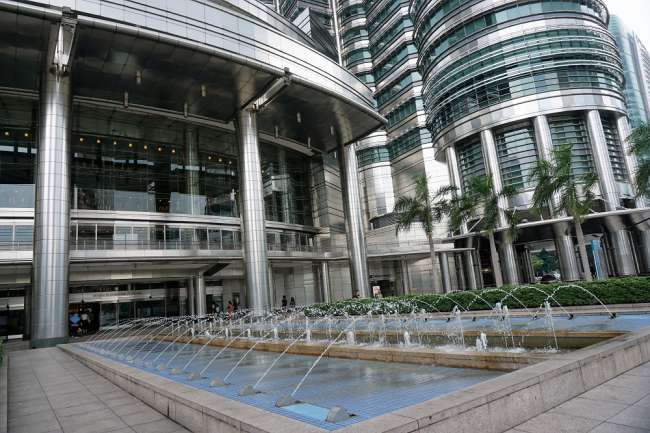
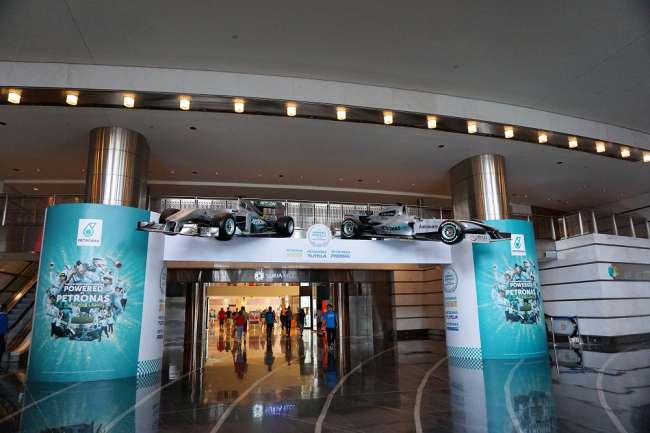
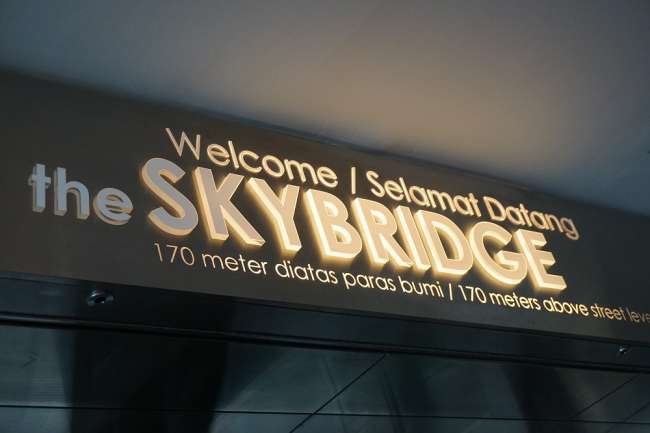
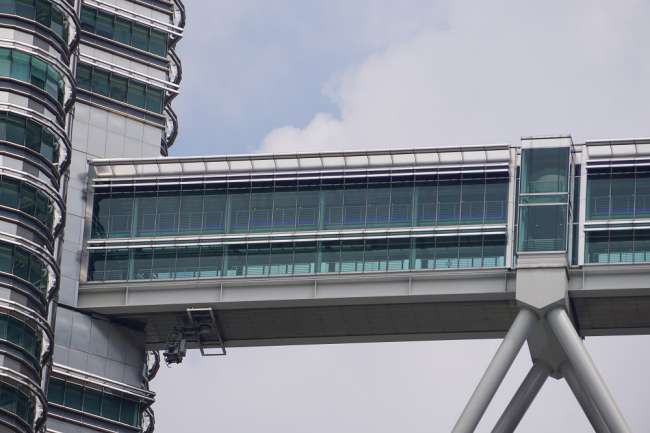
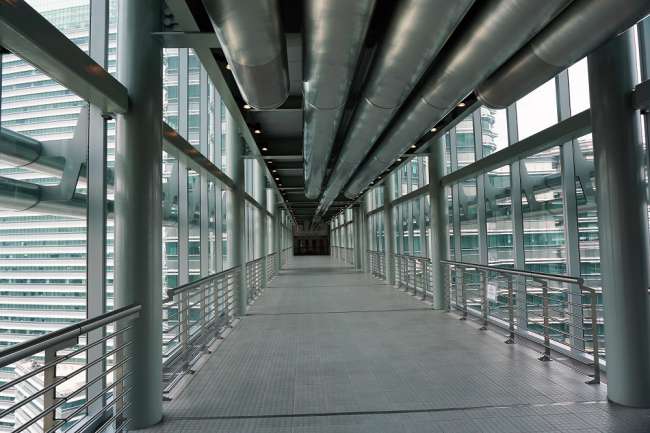
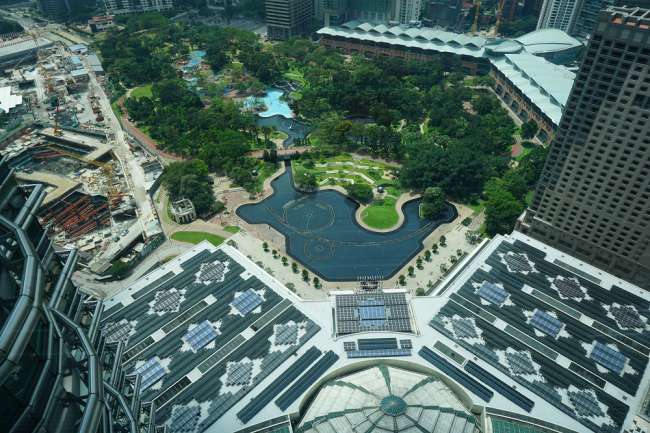
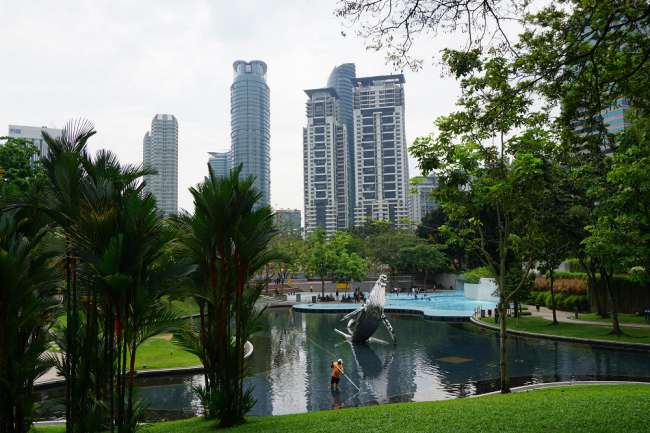
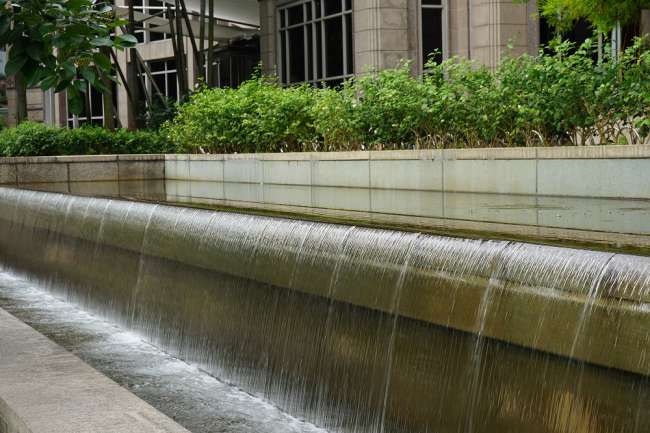
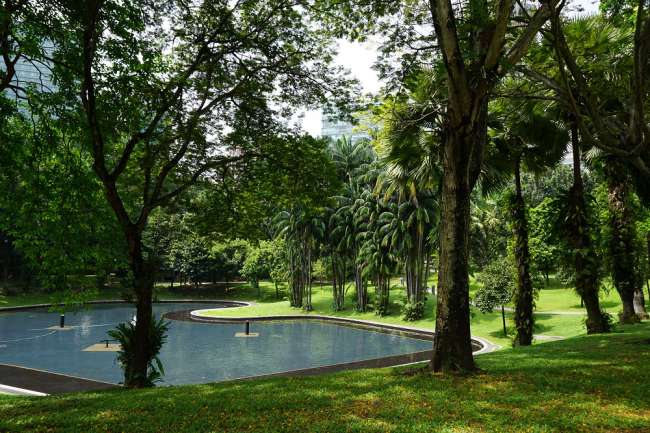
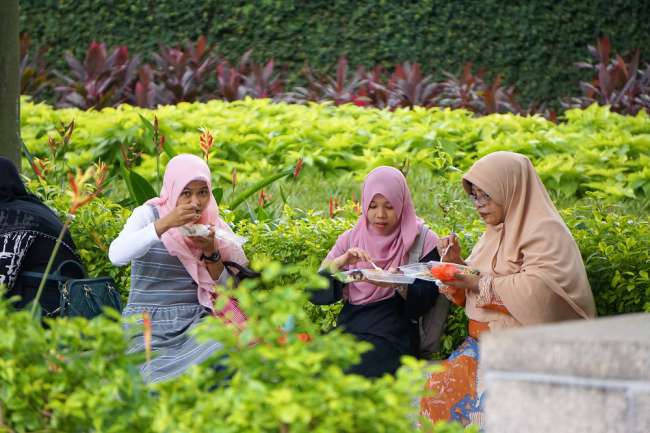
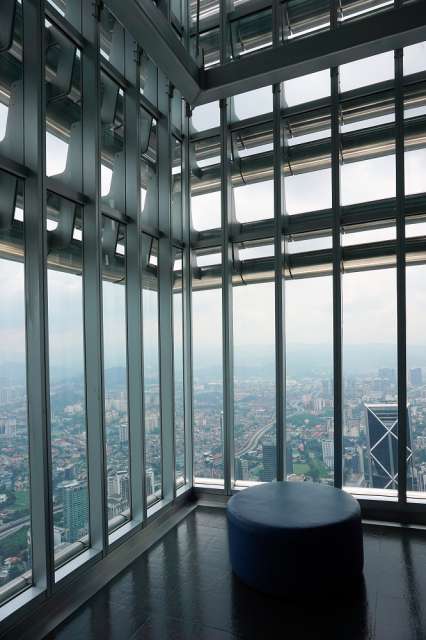
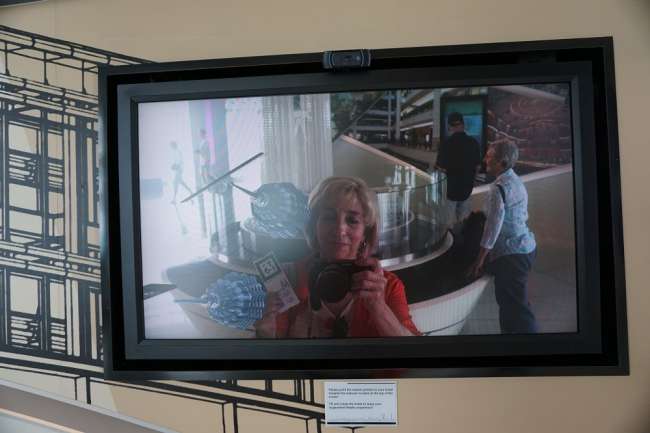
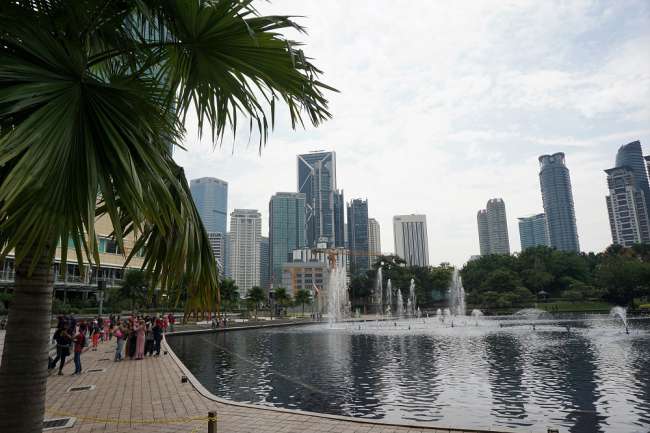
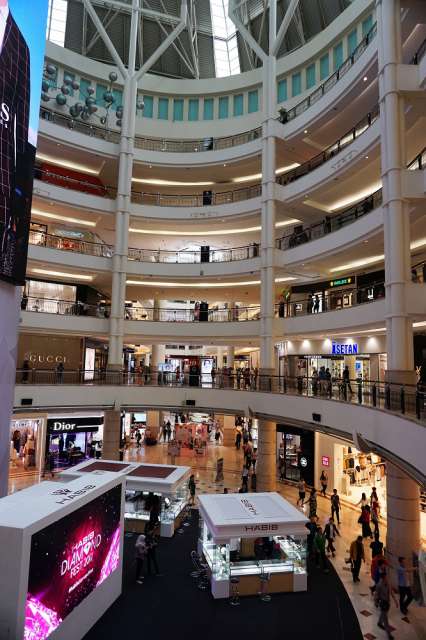
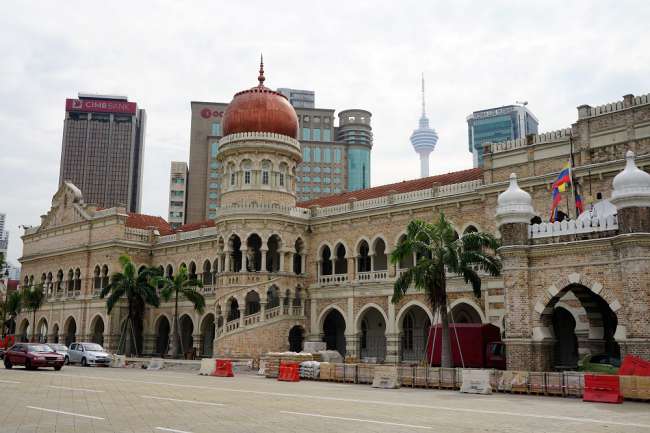
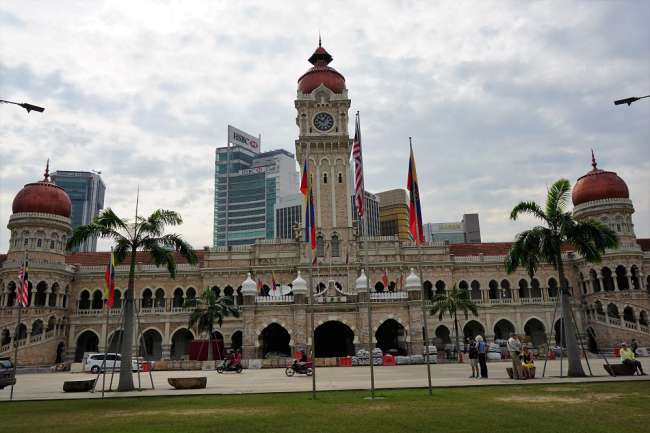
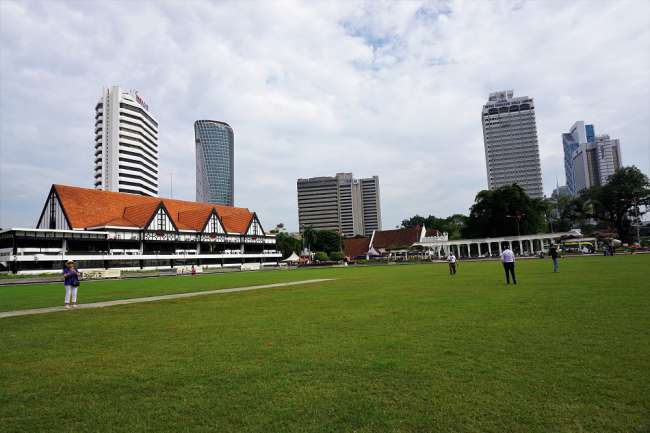
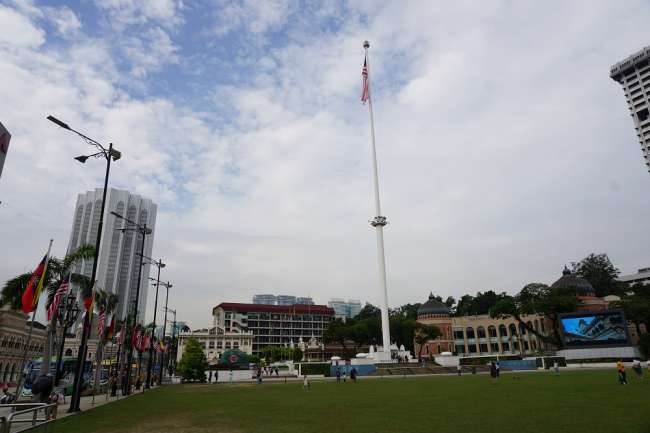
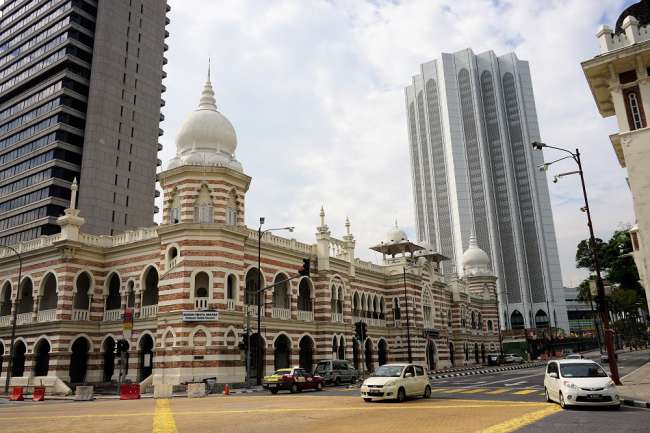
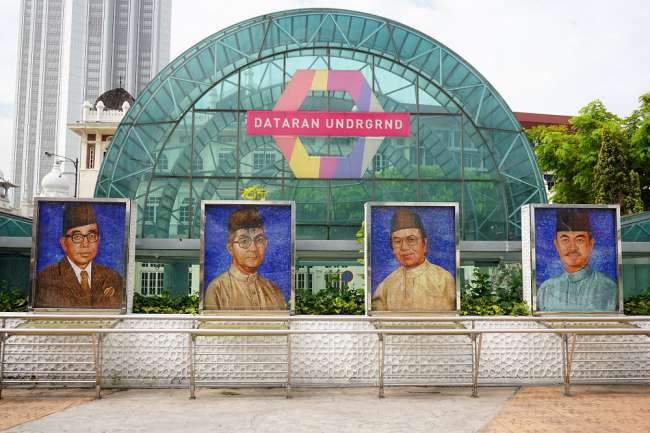
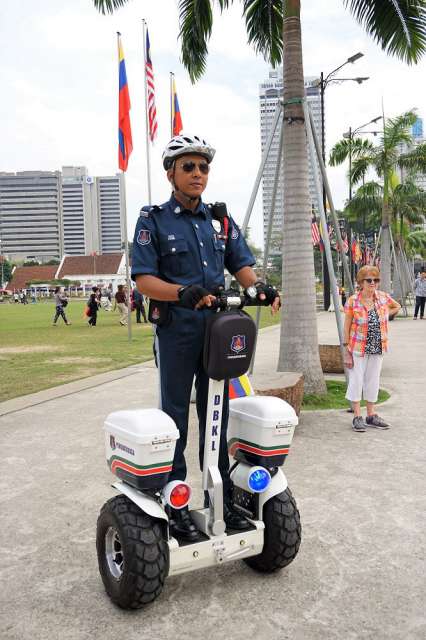
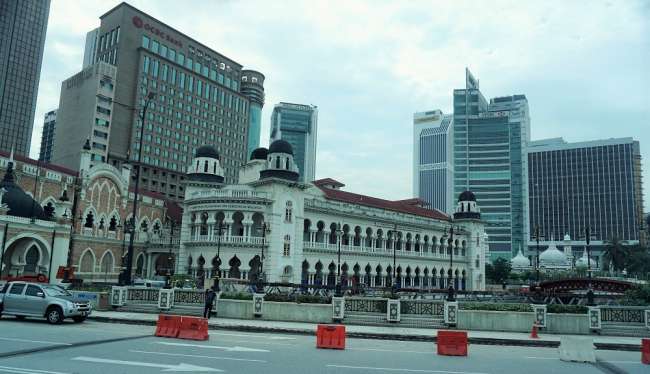
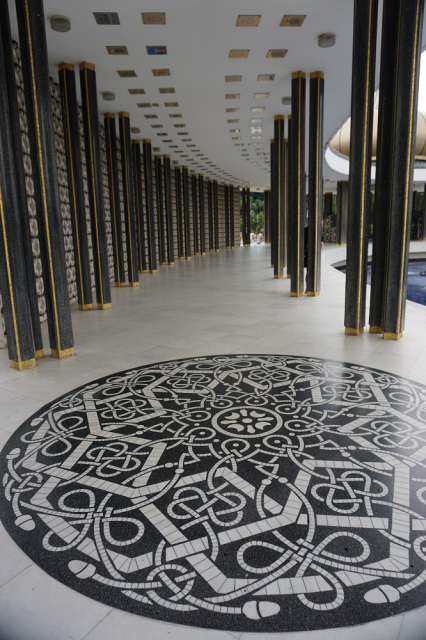
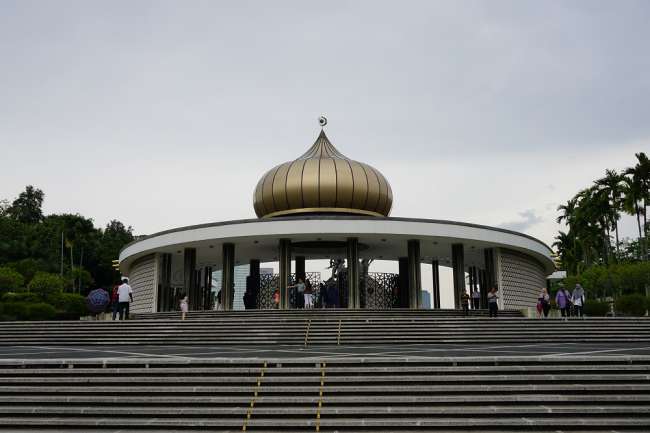
Subscribe to Newsletter
The last of the major cities on my list along the Asian coast turned out to be a big and beautiful surprise. Even when I was planning my trip at home, I really wanted to visit this city and had high expectations, but they were in fact exceeded. The approach to this city was already different, as we drove on excellently constructed highways and roads surrounded by modern cars, including German brands.
The absolute highlight were the twin towers, the "Petronas Towers". They are 452m high and connected to each other by a "Skybridge" at a height of 170m. Designed by the Argentine star architect, Cesar Pelli, in 1998, they are a symbol of modern Malaysia. They are made of heat-reflecting steel and have floor-to-ceiling laminated glass windows. The spires resemble pickelhaubes and are reminiscent of minarets, as Malaysia is predominantly influenced by Islam.
I found the construction process of the towers to be highly interesting and remarkable. Instead of awarding the entire project to a single construction company, the Malaysian government decided to split the towers: Tower one was built by Japan, while tower two was built by Korea. The bridge between the towers was then put out for tender, and Korea won the contract to build it. This created a competitive situation, as both Asian nationalities strived to meet the deadlines, safety standards, and efficiency in competition with each other. In Asia, there is nothing more problematic than losing face, i.e. not meeting the requirements and failing. This competitive character also affects the maintenance of the buildings. If there is a technical issue somewhere, the respective country immediately takes action to rectify the problem, in order to preserve its reputation and not give the other nation an opportunity to evaluate the mistake.
Something like this should have been considered during the construction of the Berlin Airport. I found this to be ingenious and typical of how different the thinking and working methods are in Asia compared to Europe, where responsibility is sometimes not clear.
But the towers are not only impressive in terms of their appearance and height, but also in terms of their functionality. In the entrance hall, you can either go to the concert hall on the 1st floor or straight ahead to a six-story, very modern shopping center called KLCC, which has all kinds of stores and restaurants, from fast food chains to a branch of Harrod's and large international label brands. On the 4th floor, there is an art gallery with changing exhibitions and an interactive science museum for children and teenagers. In the entrance hall, two of Petronas' Formula 1 cars are displayed, which was a big attraction for most men who stood beneath them and had their photos taken.
The visit to the towers is strategically organized. Only a maximum of 800 visitors are allowed to the tower each day, with a maximum of 30 people being taken up to the 88th floor at a predetermined time. We first went to the 41st floor to the 170m high Skybridge. It is suspended between the towers and you can feel a slight vibration with every step. It was great that there were so few people, so we had plenty of time and space. Then we went up to the 88th floor, where we were greeted by friendly staff members who spoke excellent English and were available to provide explanations and answer questions. This created a completely different atmosphere, almost like being in a living room, as you could sit on cushions by the large windows and enjoy the view in peace. I have never experienced such a relaxed and aesthetic atmosphere anywhere else. Inside, there were models, explanations, and even virtual games with the tower spires, which could be controlled with an admission ticket. It was not easy to fight with the tower spires or put them on your head. So it was enjoyment and entertainment without any time pressure. After a total of 45 minutes, the next group arrived and we were taken to a waiting lounge area with a starry sky to wait for the elevator. When we arrived back downstairs, I could admire the beautiful KLCC Park, which was built as a recreational area around the towers, with ponds, an artificial lake with water fountains, a children's playground, and many trees providing shade (there are said to be 1900 of them). Everything was very well-maintained and simply beautiful, including the plaza in front of the towers with a beautiful fountain. The locals also have a knack for business, as some young vendors were selling clip-on lenses for smartphones so that you could capture the towers in one photo. But the vendors were not at all pushy.
The subsequent short city tour also brought more beautiful sights, as Kuala Lumpur is not only characterized by modern buildings but also by old colonial-era structures, such as the old Sultan Abdul Samad Building, which used to be the headquarters of the colonial government. It looks a bit like an old Maharaja palace with its red and white stones and now serves as a judicial administration building. In front of it is Independence Square, where Malaysia achieved independence in 1957. The square features the supposedly tallest flagpole in the world (100m), where the national flag, which bears a resemblance to the American flag, is displayed. The stripes on the flag represent the 13 states of Malaysia and their unity. In front of the green lawn, where cricket is played, lies the old and prestigious Royal Selangor Club from the colonial era, which is still a meeting place for the elite today, but only for members. So here, too, everything is very British and traditional.
Officially, Kuala Lumpur has not been the capital of Malaysia since 1999, but rather the country's financial and commercial center. The capital, more of an administrative capital, is Putrajaya.
What I especially liked about Kuala Lumpur was the abundance of beautiful old and new buildings, with plenty of space in between, and the many beautiful green areas and parks. This is the biggest difference I see compared to other Asian metropolises.
Politically, the country manages to combine the old and the new while incorporating the Islamic religion. Almost all women wear headscarves, but they are also well-educated and participate in public life. For example, they were also tour guides at the top of the tower.
However, the government supports the strengthening of Islam and has transferred jurisdiction over private matters (marriage, divorce, property) to Islamic law. They strive for a kind of "civilized Islam". Life is similar to Singapore, it is tightly regulated and democracy is restricted. Nevertheless, the government continues the ambitious plan of the country's first Prime Minister, Mahathir Mohammad, to see the entire nation as a business enterprise that achieves great things in the form of buildings, attracting investors, and investing heavily in innovative technologies, such as their own car brand (Proton Saga). With the oil and gas reserves off the coast since the 1960s, Malaysia has established a good foundation and continues to strive towards the goal of creating a homogeneous and united identity among the population by 2020 ("Vision 2020"). It remains to be seen whether this will be successful.
In any case, all of this was completely new and unexpected for me, and overall, Kuala Lumpur was a truly memorable experience. So, this is a day that will be marked in the logbook of my journey.
Best regards to all!
Eva
Subscribe to Newsletter
Answer
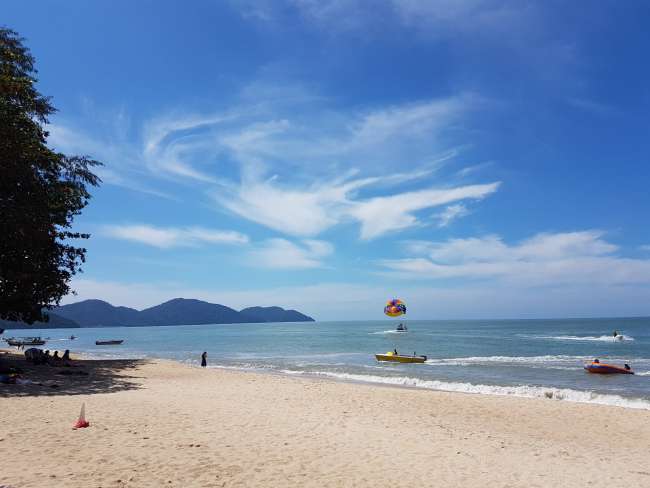
Travel reports Malaysia
